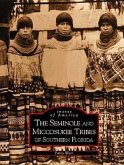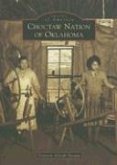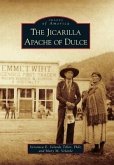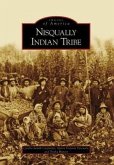The Catawba Indians are aboriginal to South Carolina, and their pottery tradition may be traced to 2,400 B.C. When Hernando de Soto visited the Catawba Nation (then Cofitachique) in 1540, he found a sophisticated Mississippian Culture. After the founding of Charleston in 1670, the Catawba population declined. Throughout subsequent demographic stress, the Catawba supported themselves by making and peddling pottery. They have the only surviving Native American pottery tradition east of the Mississippi. Without pottery, there would be no Catawba Indian Nation today.
Hinweis: Dieser Artikel kann nur an eine deutsche Lieferadresse ausgeliefert werden.
Hinweis: Dieser Artikel kann nur an eine deutsche Lieferadresse ausgeliefert werden.








